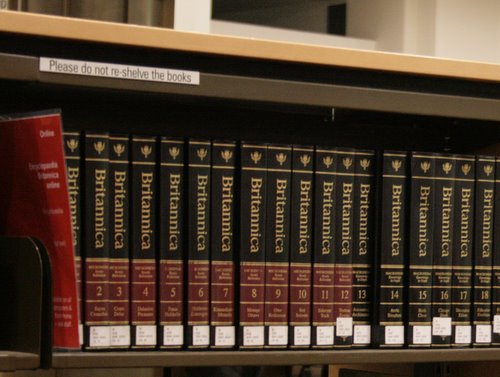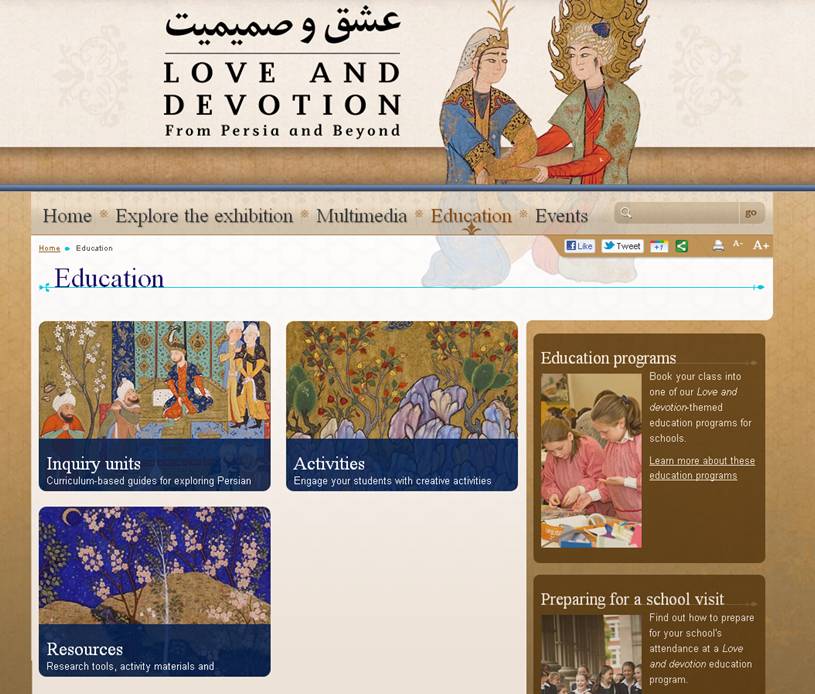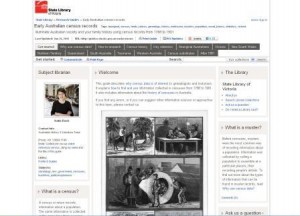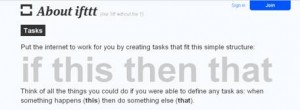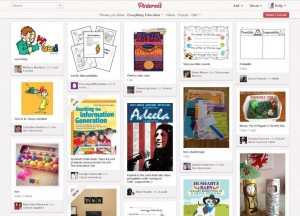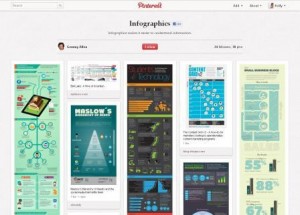The latest model of Apple’s iPad is now on sale in Australia, with several stores opening at midnight for the launch. Much has been written about the improved display, faster processor and better camera. However for the education sector the greater impact may be on the pricing of the older model.
The iPad 2 has now been reduced in price, with the base model starting at $429. This places it much closer to the price of a netbook or low powered laptop computer. With educational discounting available, along with the recent announcement of Apple’s move into digital textbooks, it seems that Apple are making an even more concerted push into the education market.
The difficulty of managing multiple devices has been seen as one of the barriers for the introduction of iPads in a classroom setting. Apple look to be addressing this concern with the launch of a free utility for Mac called Configurator, which allows administrators to manage a class set of iPads. You can read CNet’s early impressions of the Configurator utility here.
For educators considering the introduction of iPads in the classroom, there are a number of useful resources available. The iPads for Learning website features details of the Victorian iPad trial. The trial details the implementation of iPads in ten educational settings throughout Victoria. You might also like to watch a video reflection by teachers and students at Epsom Primary School, one of the schools involved in the trial. The Slide2Learn website also has some great resources for educators looking to use Apple devices in the classroom.
Lastly, for anyone who is lucky enough to have picked up a new (or older) iPad you’ll probably want to buy some apps. Make sure you visit Gift Cards on Sale which keeps track of discounted Itunes cards.

